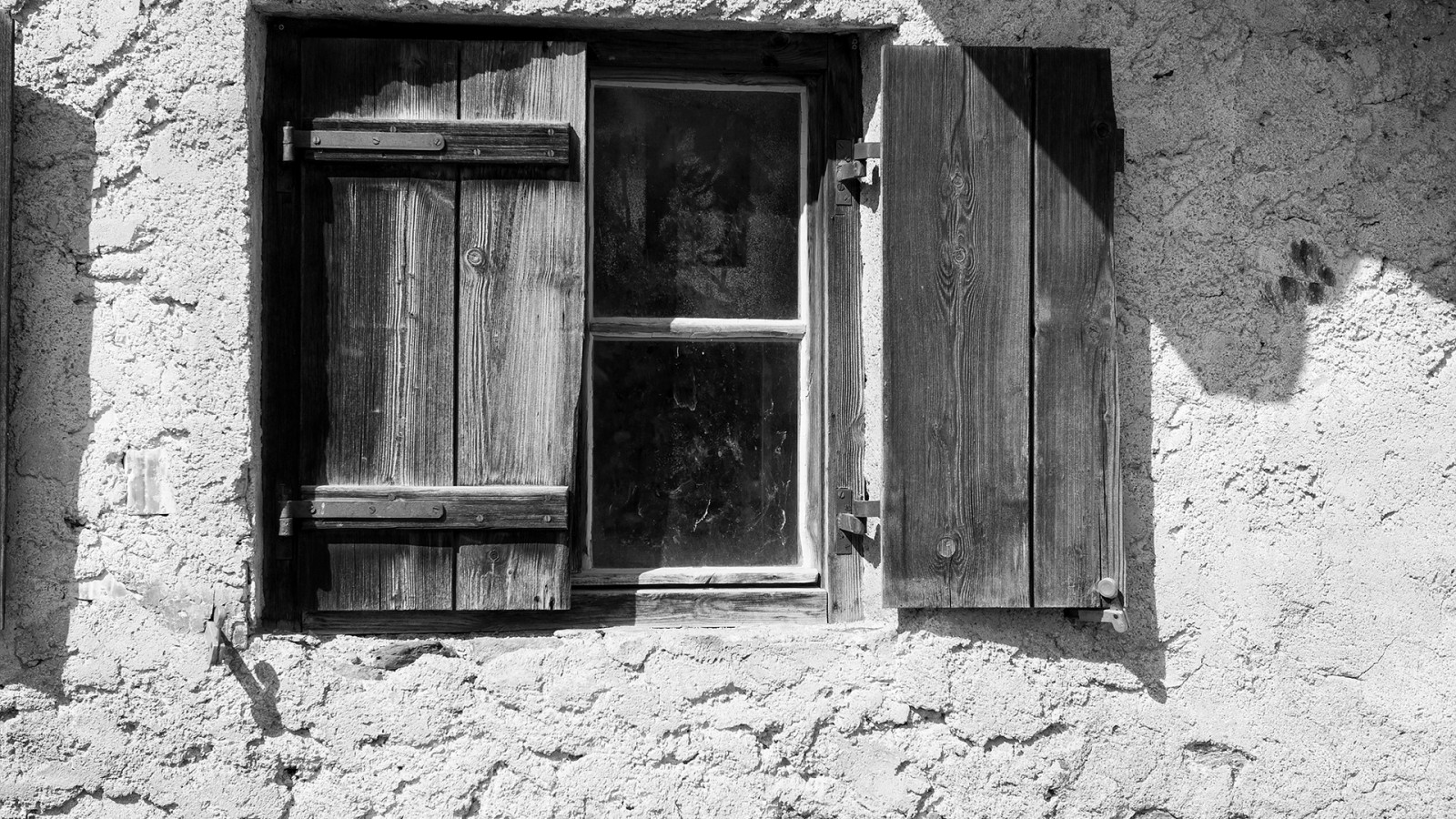Recently I became specifically aware that there are upmarket subdivisions where the development’s Design Guidelines require windows and doors to be recessed back from the plane of the facade, and for any aluminium joinery to be of a dark colour. There usually are also a multitude of other design restrictions all with the intention of ensuring aesthetic and lifestyle harmony within the environs. I don’t have a particular objection to these limitations as no one is forced to build and live within these enclaves, but the requirements should not have unintended consequences, be they short or long-term.
For generations, our lightweight timber-framed homes have had their windows fitted flush with the plane of the building’s façade. Recently there has been a growing movement to recess the glazing back into the zone of the thermal insulation with the intention of significantly improving the dwelling’s thermal performance, and presumably to break up the ‘flatness’ of the fenestration. I have no trouble listening to the presumed logic for this positioning, (that it gives a continuous thermal barrier), but in my opinion, the arguments do not take account of a multitude of other important factors which contribute to the overall long-term performance of windows. Also, is there a significant thermal gain to justify the heightened durability risks involved?
In my opinion, the requirement to recess windows has the potential for many serious unintended maintenance consequences if not carefully designed and constructed by competent professionals. Proper and thoughtful consideration needs to be given to the much more difficult, and unique, design problems arising from the setting back of the windows from the time-tested surface mounting position. Under clause B2-Durability of the NZ Building Code, the installation must last for 50 years. No one would expect to have to re-construct the windows after only 15 years.
Three years ago I wrote in my blog post ‘Recessed Windows: Is a New Aesthetic Needed?’ that I consider that there are many more factors to be resolved than just the narrow focus on perceived thermal performance. Some primary considerations are;
- Differential thermal movement of window frames and flashings due to the changing solar radiation exposure and shading throughout the day, exaggerated with dark coloured aluminium;
- The danger of thermal stress breakage to partially shaded window panes, especially those of tinted glass combined with low winter air (glass) temperatures combined with clear (high radiation) sunny days.
- The differential rain-washing of the areas of glass (vision), frames and flashings (corrosion). The corrosion of the sheltered upper portion of a roller-shutter garage door is a common example of the problem.
At the time of that writing, I approached the window suppliers who said that they “were working on the problem”. After three years I have not seen any proprietary solutions being promoted.
In 2017, in my blog post, 'Thermally Broken Window Frames', I also expressed an opinion regarding the effectiveness of thermally broken window units when they are installed in buildings in accordance with the standard construction details. Yes, the thermal break does reduce (but not eliminate) the transfer of heat between the two exposed faces of the frame extrusion itself. Unfortunately ‘heat’ is lazy and so does not struggle through the extrusion, it just goes around the frame thereby negating most of the value of the break. Just by taking a quick, but critical, look at the usual window installation details it can be seen that the thermal break is normally by-passed, especially when the cladding is installed on a cavity. The thickness of the cladding, cavity, and RAB allows the inner ‘warmed’ portion of the aluminium frame to be in contact with the exterior cold zone of the wall construction. At the time of my comments, there was a lot of agreement and support from my colleagues. Again I spoke at the time with several window suppliers who said they were aware of the problem, which has been exacerbated by the requirement for a cladding cavity, but did not have any significant solutions.
Through EcoRate Ltd, as an Architect I provide independent analysis and advice on sustainability matters, to architects, designers, builders, manufacturers, and others in the construction industry, including those proposing to build a new home. I am also a Homestar Assessor.
For more information feel free to contact Keith at EcoRate Ltd on 021 890 251, [email protected], or our website www.settlement.co.nz




























 Most Popular
Most Popular Popular Products
Popular Products


